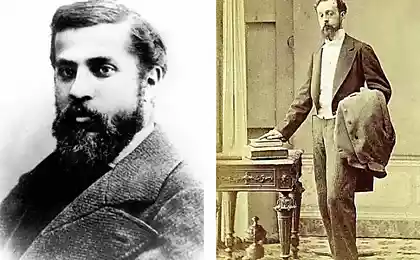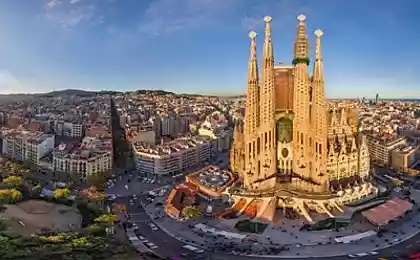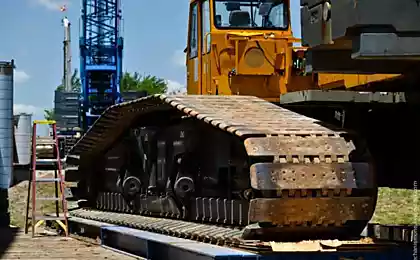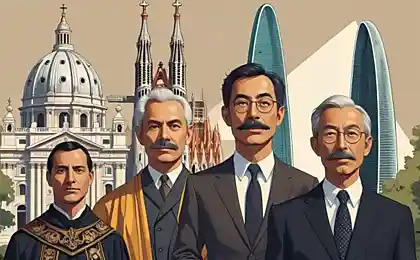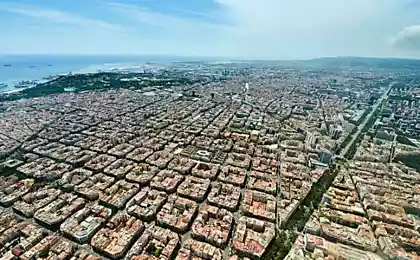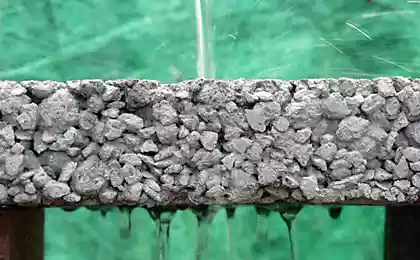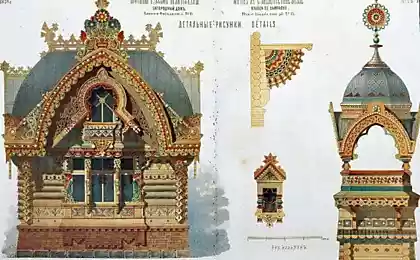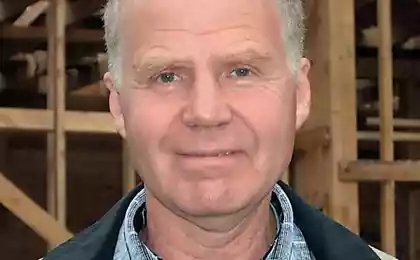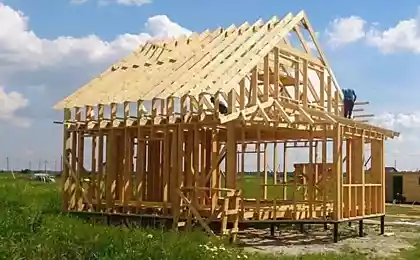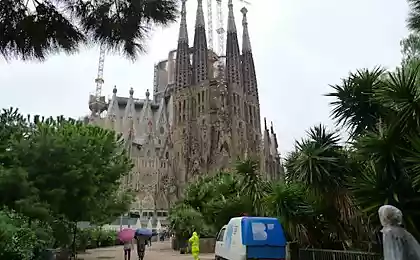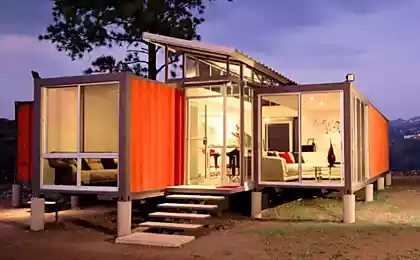993
Instead of building - 3D-printing
Meanwhile, in Minnesota, "Native American" Andrew Rudenko pushes the boundaries of 3D-printing, namely in his backyard by three-dimensional printing builds concrete model of a medieval castle on an area of 3x5 meters. In the process, the prototype concrete printer improved and updated.
Creating one of the largest facilities in the field of 3d-printing, the inventor wants to come to a reliable way to build a real apartment buildings that can withstand a variety of weather conditions. Andrew has engineering and architectural education that allows him to experiment and find interesting solutions at the intersection of architecture and 3d-printing. Castle at the same time is an interesting challenge and an excellent demonstration of the capabilities of the printer.
Andrew: "I'm interested in similar technologies adolescence. My experiments began 20 years ago, but at that time there were no suitable computers and programs. Only a couple of years ago I came across a RepRap project and again took up his car. For the construction and development of concrete mixes left year. Served as an additional incentive layered sandstone natural phenomenon that I have seen in Arizona during a trip a few years ago. Ideally, I want to create a similar appearance ».
As Andrew has funded a project from its own funds, these restrictions have also led to the original engineering solutions.
Andrew: "In the beginning of my work sponsors were skeptical, because they did not believe that the project will go that far. Now that the structure is ready and the printer's features are obvious, I plan to arrange an auction for the sale of the first house. Since this is the first printed house, I hope this event will attract a lot of attention ».
Print at home require more printer, so it had to be designed from scratch. Despite the great community support RepRap, final machine was made on the original project. It is controlled using Arduino Mega 2560 and special stepper motors.
Andrew: "For a large printer had to seek special motors, designed for heavy loads. It is best approached Motors Company "Mass Mind".
In addition, they only work correctly with the firmware Marlin, and were powerful enough to budge the printer.
I seek natural effect of free placement of concrete without the need for post-processing ».
Andrey also expects to develop a portable machine for stacking smaller that it could afford a small construction company. "The final price will be later, but for now I'm counting on $ 30000-50000, although still strongly dependent on the type and model parts».
Rudenko counts supplied by individual interchangeable parts printers that companies can easily build a car according to his needs. "I can not send a car entirely, but I can send an extruder, a control unit, various important parts, so that people can build their own version of the machine».
Now the printer puts approximately 50-cm layer of concrete per day, though it depends on the overall size of the structure. Typically, a layer obtained 30 mm wide and 10 mm high, although in principle any layers can be made. "For special parts such as rims I reduce the height of the layer up to 5 mm, and in some places reduce the output speed».
Of course, for such designs require special materials.
"Masonry cement is a complex task - you need to configure the printer for a long time and use very precise proportions of the mixture. When testing I've encountered a lot of problems (eg, blockage of the extruder), but also found that the printer's capabilities exceed initial expectations ».
Also had to add a valve in the lower and upper parts of the walls. Cement was used the most common. Although you can use and quick-drying, but it will more expensive and slightly worse quality.
Rudenko sure that this technology will reach new heights in architecture and at the same time would be more energy efficient than the existing ones.
"I plan to focus on the development of this technology in the construction and build a whole international network of enthusiasts, with the possibility in the future to provide them with a set of" do it yourself "and ready printers».
Until, of course, for the construction of available printers remain uncertain future, but the inventor of the burning optimism. "Right now stacking layers goes 30h10 mm, but the simple push of a button is available a great many opportunities».
Based on this experience, the designer rebuilds the printer so that it can print without interruption 24 hours a day to complete the construction.
It is also planned to finalize the design to printing capabilities all at once. Castle towers were printed separately and it was very hard to install on-site. "I also figured out how to print the roof - but as long as the material is only suitable for areas with warm climates».
The next project - a full-size real house. "I get a lot of messages, this proves the high interest in this new technology. I want to be sure that the next project my team will be able to use all the advantages of 3d-printing
I accept offers from private individuals and companies who would like to purchase the first printed house, and who are ready to provide all costs of the project. " Also constructor takes suggestions from architects, designers and programmers interested in 3d-printing.
"I have always been confident that I can print at home - and now I have proof. I am currently working on a prototype that will be a small part of the rich variety of printers developed by me. We are opening a new era in construction. So much more needs to be done ».
Source: habrahabr.ru/post/235093/
Providers are asking the US to ban the development of the municipal high-speed Internet
The beauty of space or how I read a popular science lecture
